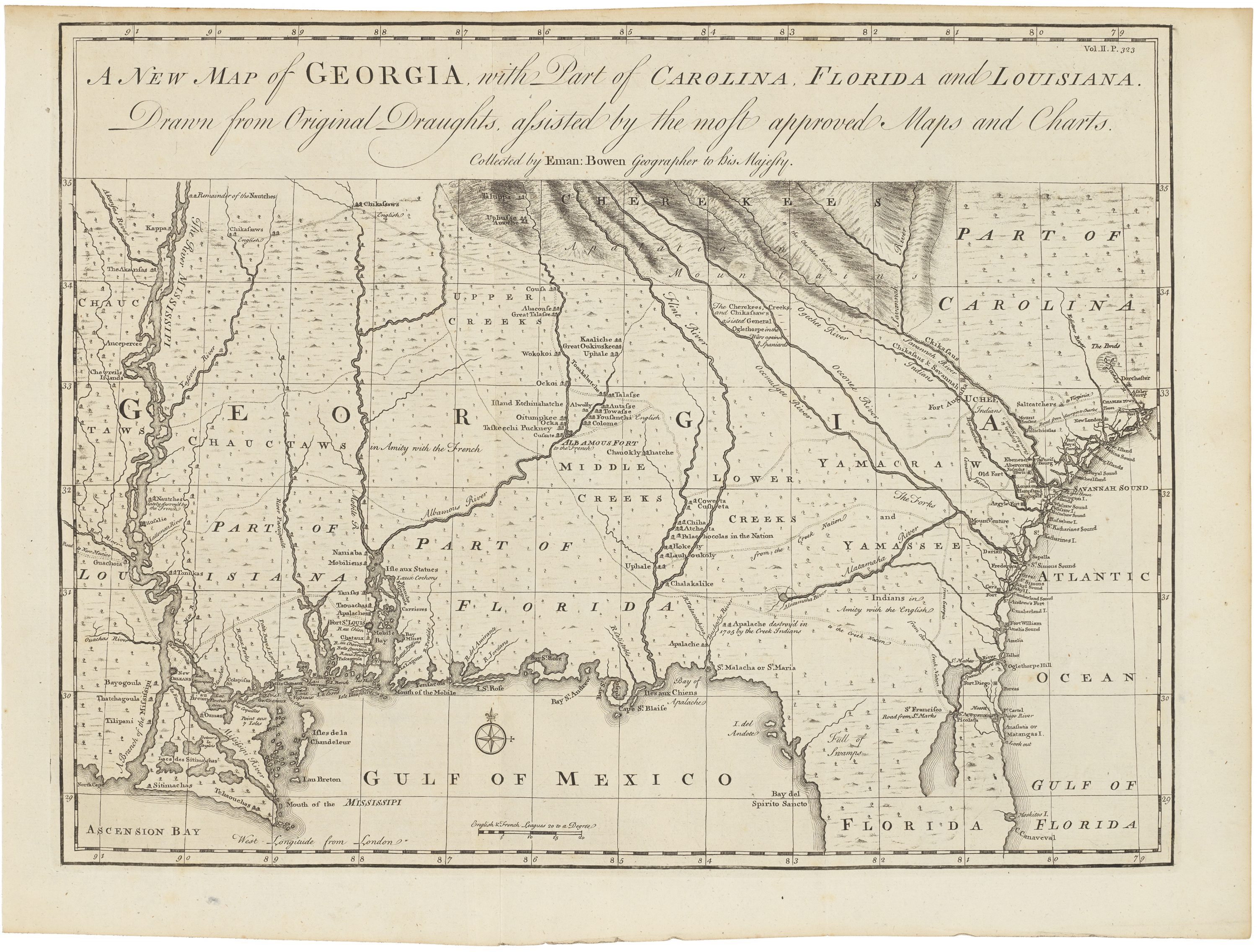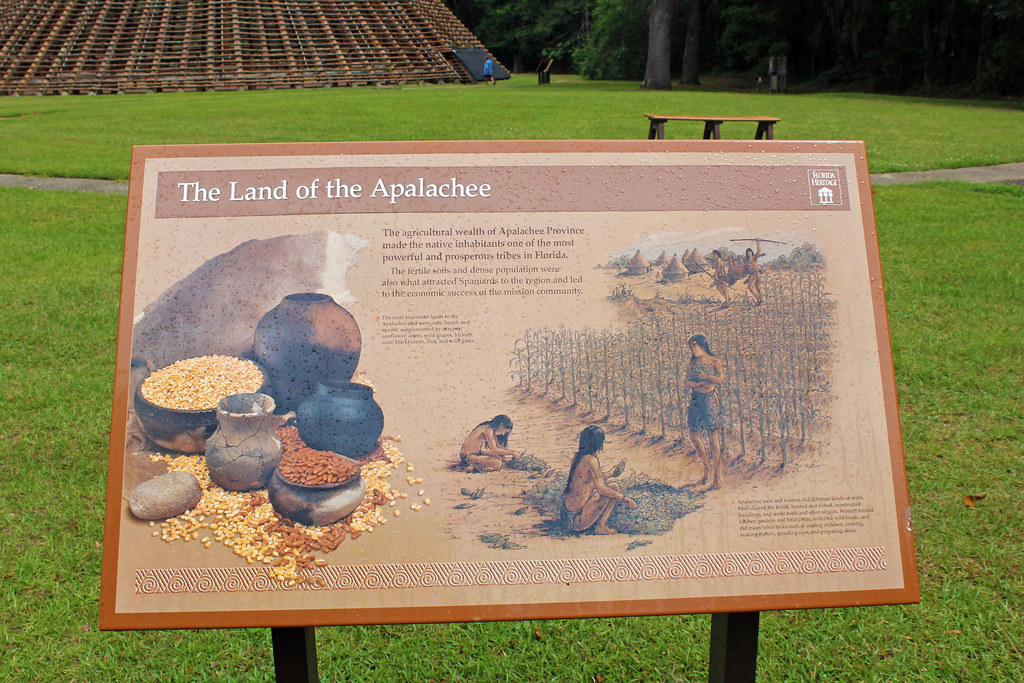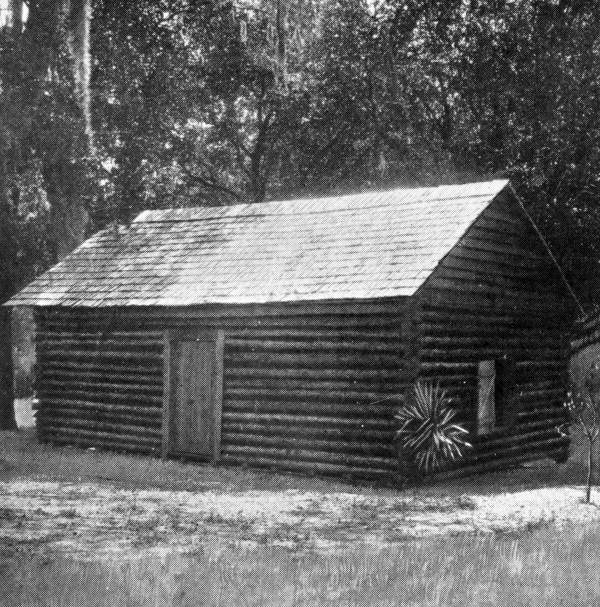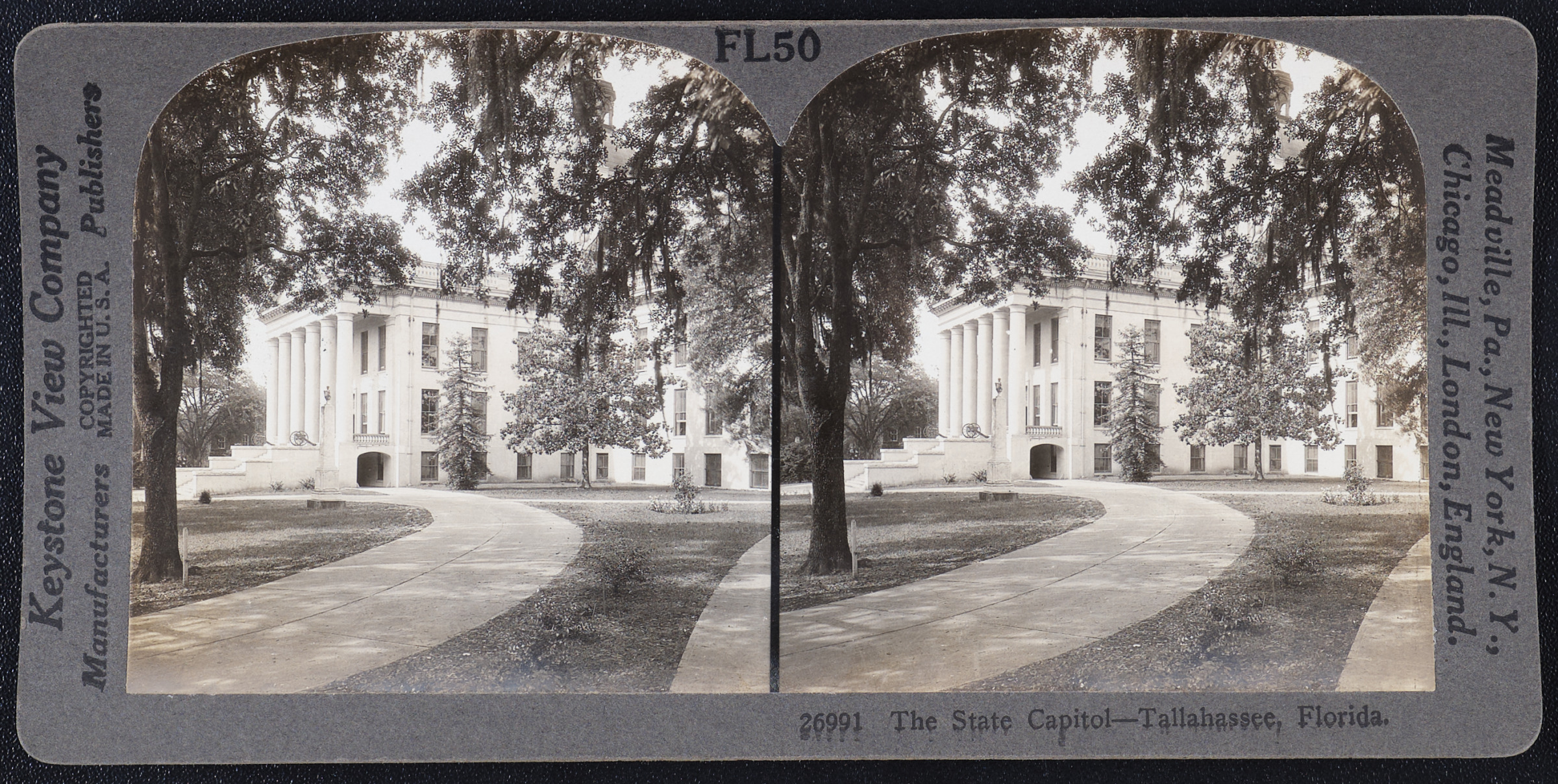How Tallahassee Became Florida’s Capital
Why Tallahassee? Tallahassee’s location seems obvious now. But in the early 1820s, when the city was chosen, travel distance, geography, and pragmatism were factors. Florida itself was a territory of the U.S. government rather than a state, and in the eyes of government leaders of the day, the state of Florida had no capital city at all. Choosing a center of government was not a simple matter. It required field expeditions, negotiation, and, surprisingly, a great deal of compromise.
The Need for a Capital

Spain ceded Florida to the United States in 1821. The U.S. government created the Territory of Florida shortly thereafter. The territory had been a colony of Spain for many years, but when the U.S. took it over, the territory was vast and undeveloped, and population centers were sparse. There were two cities where people lived in significant numbers, Pensacola in the west and St. Augustine in the east. The legislative council was a meeting of appointees by the President of the United States, and they took up residence in Pensacola and St. Augustine in 1822.
The Council members alternated their annual meetings between Pensacola and St. Augustine. This arrangement, however, proved logistically untenable. Weeks were required to make the land journey through wild countryside between the two cities. River crossings had to be made, and the trip was expensive, and physically exhausting. The journey by any means highlighted the need for a permanent central capital.
Find the Capital

To find this central capital, the territorial government commissioned two citizens, to find this new location. Dr. William H. Simmons from St. Augustine and John Lee Williams of Pensacola. They would both travel from their home cities to the interior of the new territory, and recommend a location that was more geographically central to East and West Florida.
Williams made his journey overland from Pensacola. Dr. Simmons traveled by sea and up the St. Marks River. The two men met in the wilderness near a site called San Luis de Apalachee, near a place they called Anhaica, which was the site of an earlier Apalachee village. The region they met in was along a series of rolling hills. The area was covered with hardwood forest and blessed with freshwater springs and productive soil.
Williams was especially impressed by the area. He described it as “the first high land we came to” and the “beautiful elevation and salubrious air.” It had the benefit of proximity to waterways, enough elevation to be above most floods, and good air that was considered healthy compared to the coast.
A Brutal Beginning

Though the land was scenic, it was still very much a frontier. The first few legislators who arrived for the 1824 session found little more than dense forest and swarms of insects. They initially met under a large oak tree and later in a simple log cabin hastily built for the occasion. One of the early legislators, Representative Thomas Randall, described the experience as "rustic in the extreme." Food was scarce. Quarters were makeshift. The area was still populated with wild animals and often flooded. But the choice had been made, and work began on carving a city from the wilderness.
Despite the conditions, building work began, and over time, a small town grew up around the presence of government officials. The log capitol was a simple building and was replaced by a two-story brick building in 1826. The brick building, which became known as the Old Capitol, was built to last and to give the territory’s government a more permanent presence. The building would be expanded on, and then replaced by the Old Capitol building, which still sits at the base of the present-day Capitol tower.

Distance and centrality was important in the decision-making, but this new spot was also notable for its natural advantages. Proximity to navigable water was also a factor in the decision. The St. Marks River, was not as commercially viable as many other rivers in Florida, but it provided access to the Gulf of Mexico and the ability to receive supply shipments and move messages to coastal ports.
Springs and the elevation were two other major considerations. Disease outbreaks such as malaria and yellow fever were common in the marshy, coastal lowlands of Florida. The area near present-day Cascades Park was not on a marshy coast, but instead was near freshwater springs and on high ground not as prone to floods.
The Move to Statehood
Tallahassee became the territorial capital through the 1830s and 1840s. Florida was admitted to the union in 1845, and Tallahassee became the capital of the new state of Florida. While some in the growing population of the southern part of the state later sought to move the capital to a more economically or demographically dominant area, the existing capitol buildings and the legal foundation for government already being located in Tallahassee helped it to remain the political center.
Comments